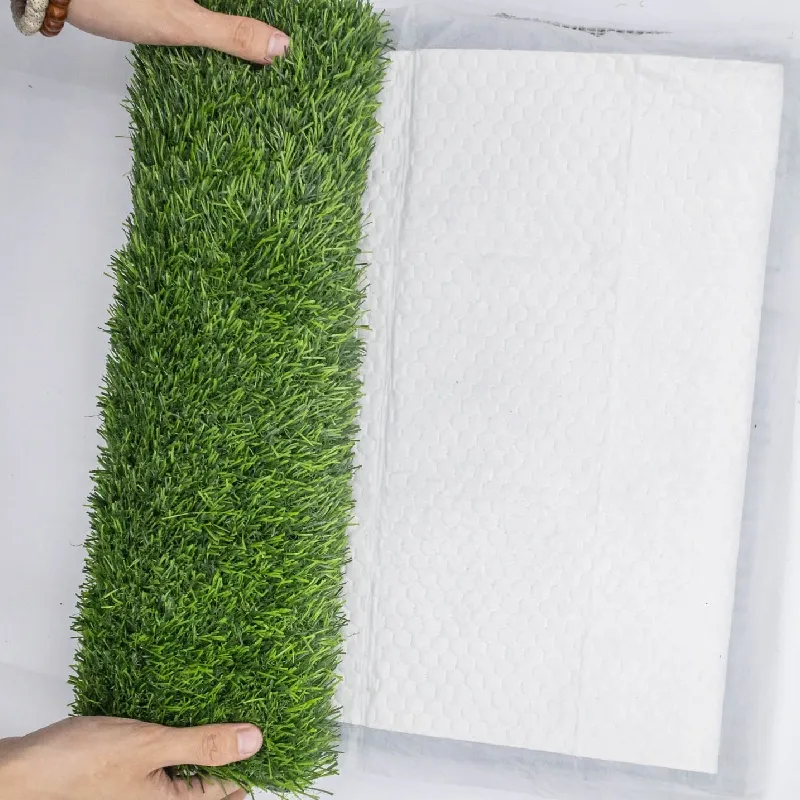
- Afrikaans
- Arabic
- Belarusian
- Bengali
- Czech
- Danish
- Dutch
- English
- Esperanto
- Estonian
- Finnish
- French
- German
- Greek
- Hindi
- Hungarian
- Icelandic
- Indonesian
- irish
- Italian
- Japanese
- kazakh
- Rwandese
- Korean
- Kyrgyz
- Lao
- Latin
- Latvian
- Malay
- Mongolian
- Myanmar
- Norwegian
- Persian
- Polish
- Portuguese
- Romanian
- Russian
- Serbian
- Spanish
- Swedish
- Tagalog
- Tajik
- Thai
- Turkish
- Turkmen
- Ukrainian
- Urdu
- Uighur
- Uzbek
- Vietnamese
Choosing the Best Turf for Football Stadiums and Enhancing Player Performance
Dec . 28, 2024 17:14 Back to list
The Evolution of Turf in Football Stadiums
Football is more than just a game; it's a celebration of culture, community, and athletic prowess. Fundamental to this experience is the playing surface—one of the most crucial elements in stadium design and maintenance. The evolution of turf in football stadiums reflects technological advancements, environmental considerations, and an ever-increasing desire for both player safety and aesthetic appeal.
Historically, natural grass has been the primary surface for football stadiums. It offers a unique feel and aesthetic charm that many fans associate with the spirit of the game. However, maintaining natural grass involves considerable challenges, including weather conditions, heavy foot traffic, and the requirement for frequent maintenance. These factors can lead to inconsistent playing conditions, which, in turn, impact player performance and safety.
As a response to these challenges, artificial turf emerged in the mid-20th century. The first version, introduced in 1966 at the Astrodome in Houston, Texas, was a revolutionary step for indoor and outdoor sports alike. Over the years, artificial turf has undergone significant improvements. Early versions were often criticized for their hardness and lack of realism; players frequently reported injuries and abrasions. However, modern artificial turfs are designed to mimic the look and feel of natural grass more closely, incorporating advanced materials that provide better cushioning and support.
Today's synthetic fields utilize polyethylene or polypropylene fibers that ensure durability and resilience. These materials can withstand heavy use, reducing the wear and tear that natural grass experiences. Additionally, advancements in infill materials, such as crumb rubber and SBR (styrene-butadiene rubber), allow for optimal shock absorption, reducing the risk of injury to players. This development has made artificial turf a popular choice not only for professional football stadiums but also for training facilities and youth leagues, where consistent playing conditions are paramount.
football stadium turf

One notable example of this shift is the state-of-the-art Allegiant Stadium in Las Vegas. Opened in 2020, the stadium features an innovative system that allows the field to be rolled out of the stadium for natural sunlight and care and then replaced easily for games. This hybrid approach combines the benefits of natural grass with the convenience of artificial turf, showcasing a distinct trend in modern stadium designs.
Environmental concerns have also influenced the choice of turf in football stadiums. The push for sustainability has led many teams and organizations to consider eco-friendly options. For instance, synthetic fields can be made from recycled materials and have a longer lifespan than natural grass, which requires constant watering, fertilization, and pesticide use. New technologies are being developed that allow for the creation of more sustainable synthetic turfs, further aligning with the growing demand for environmental responsibility in sports.
As we look to the future, the integration of technology in monitoring and maintaining football turf surfaces will likely become more pronounced. Smart technology can track wear and tear, monitor moisture levels, and even assist groundskeepers in effective maintenance strategies. With the continuous development of materials and methods, the goal remains clear to ensure player safety, enhance performance, and provide an outstanding experience for fans.
In conclusion, the evolution of turf in football stadiums reflects a microcosm of broader trends in sports. From natural grass to sophisticated artificial surfaces, the journey highlights a blend of tradition and innovation. As technology continues to advance, the playing field will not only be a canvas for athletic excellence but also a testament to the commitment to player welfare and environmental sustainability. Football, with its rich history, continues to champion progress in all its forms.
-
The Benefits of Artificial Turf for Indoors
NewsJul.15,2025
-
How Artificial Grass Suppliers Ensure Quality Products
NewsJul.15,2025
-
Artificial Grass and Pets: A Space for Relaxation
NewsJul.08,2025
-
Balcony & Outdoor Decoration with Artificial Grass
NewsJul.08,2025
-
Best Indoor Artificial Grass for Home
NewsJul.07,2025
-
Best Pet Turf for Dogs: Safe & Durable Artificial Grass Options
NewsJul.07,2025
Products categories









